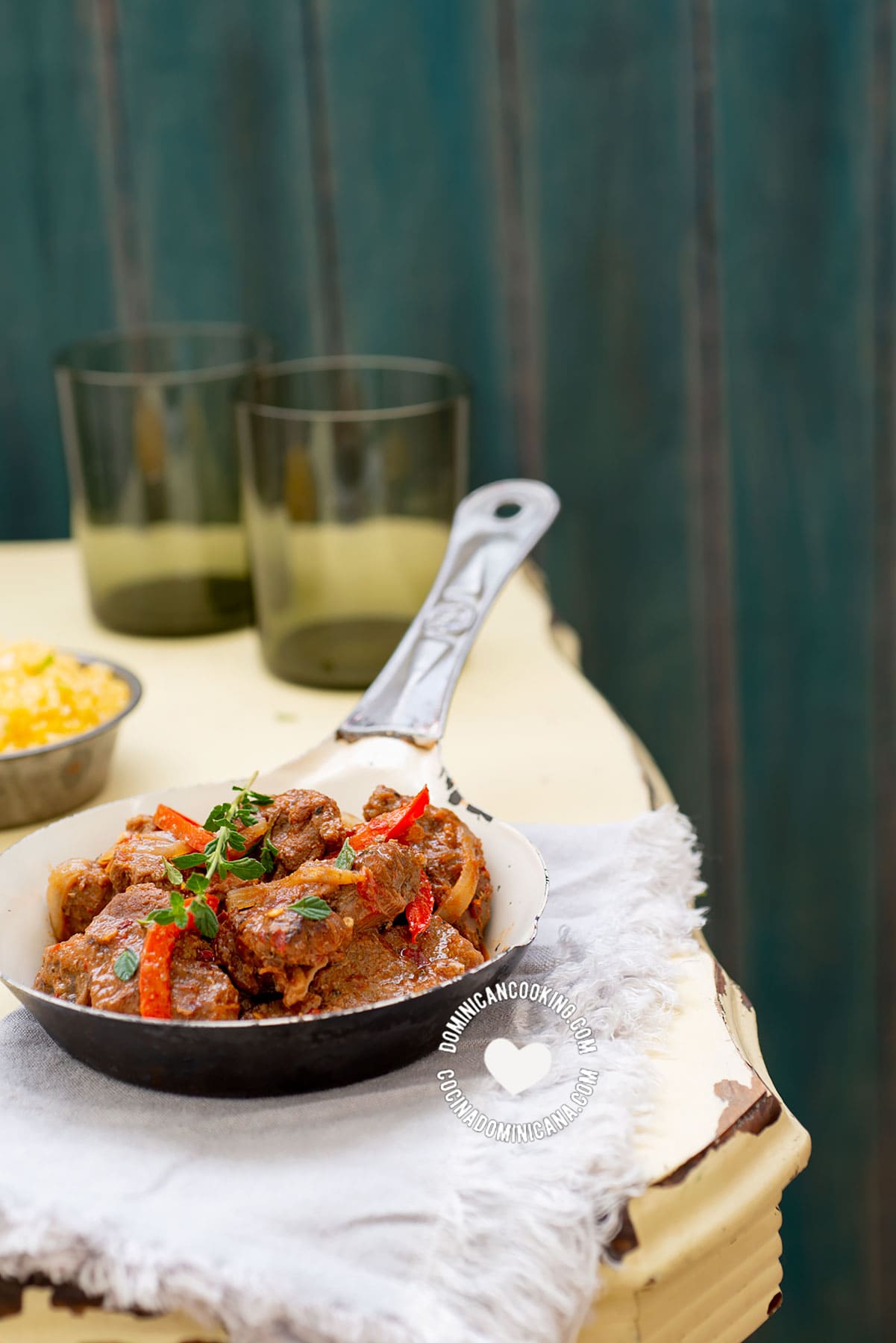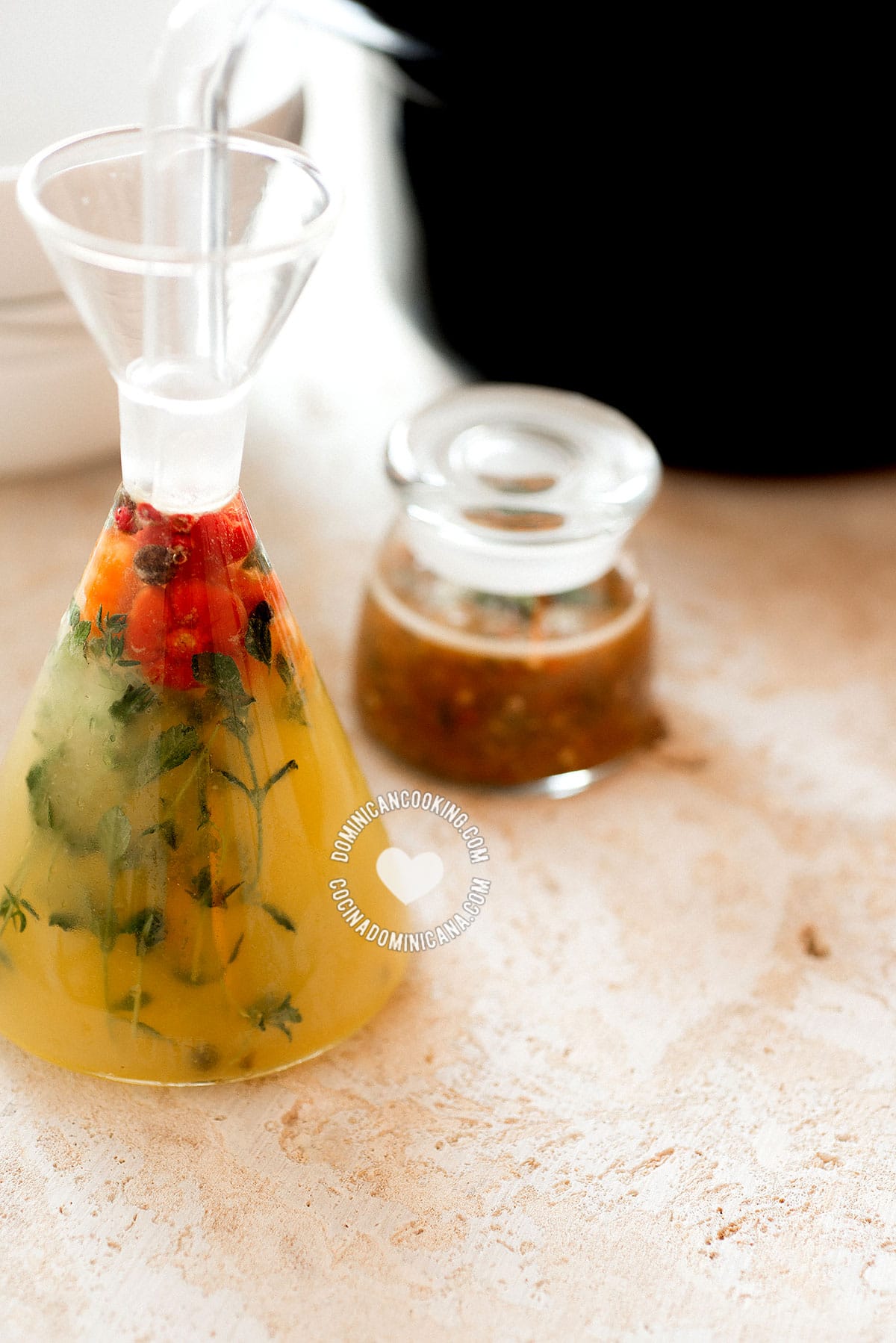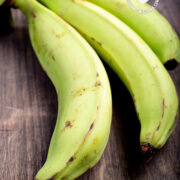'Do Dominicans Eat Spicy Food?’ is a common question from those heading to our country the first time. Here's my answer.

Unlike our Mexican cousins or our neighbors to the west, Dominicans don’t handle spicy-hot food very well; this is in part a matter of taste, but also due to misconceptions regarding the effects of hot food on our health.
The myths
First, let’s address the myths. The most commonly held one is that ‘spicy food causes ulcers’. This is now known to be false. According to the CDC: ‘In the past, spicy food, acid and stress were thought to be major causes of peptic ulcers. We now know that up to nine out of ten ulcers are caused by a bacterial infection with Helicobacter pylori (H. pylori)’. Spicy food may aggravate ulcer pain, but it will not cause stomach problems to a healthy person.
The other widely-held belief is that spicy foods cause hemorrhoids (sorry to bring the H word in here). This is also false. The American College of Gastroenterology cites other causes that have nothing to do with spicy food. They suggest, however, not consuming spicy foods to avoid discomfort when the condition already exists.
Spicy ingredients
But what makes food spicy? The answer is: ‘it depends on the spice’.
Chili peppers
The most commonly used hot-spice is peppers; peppers as in the fruit called pepper (yes, it is a fruit, not a vegetable). The source of heat in peppers is capsaicin, a tasteless, odorless compound found in minuscule concentrations in all varieties of wild peppers. What we know as sweet pepper has been actually cultivated to achieve varieties with low or no content of capsaicin.
In the chapter The Great Chilli Migrations of her book Spices Manisha Gambhir tells us the story of how chili left America to become one the most widely used spices worldwide. Mexican cuisine is unimaginable without this fiery spice, but so are cuisines as far from America as Indian, Chinese, Thai and Korean.

Capsaicin works by irritating pain receptors in mammals, causing a ‘fake’ burning sensation; this sensation has no relationship with the sense of taste, proven by the fact that we can feel the same burning sensation in other parts of our body as well.
The reason why humans are the only mammals to purposely ingest capsaicin, and even enjoy it, is explained by the fact maybe we are not as smart as we think. Or perhaps is the proven fact that after ingesting capsaicin the body releases endorphins, a morphine-like substance to soothe the burning sensation. And this is the only time I can ever quote John Mellencamp in an article about food. Because the words ‘Hurt so good’ truly describe what hot food is about.
We eat hot peppers because it feels good after we do. The hotter the food, the more endorphins our body releases, but we also ‘condition’ our body to that level of capsaicin, making it possible to progressively tolerate increasing levels. Hot food lovers are the real ‘food junkies’.
From peppers, we also obtain pimentón (paprika), which gives the Spanish chorizo its fierce red color and characteristic flavor. In Dominican cuisine spicy peppers can be traditionally found in Chivo Liniero, a goat stew hailing from La Linea, the northwestern corner of the country, in Rabo Encendido, an ox-tail stew that we also share with Cuba, and in Agrio de Naranja, a vinegar-like concoction used to spice our stews.

Ginger
Another popular ingredient in spicy food is ginger. Already known in India and China over 7,000 years ago and used by ancient Greeks and Romans as a medicine, ginger was a very valuable spice in antiquity. Today it is an integral part of oriental cuisine. The pungent taste of ginger is caused by a non-volatile resin also found in other spices of the ginger family.
Ginger has proven qualities as an anti-emetic (to relieve nausea) and has been used throughout history for medicinal purposes (not yet proven by modern science). It is used in Chinese and Indian cuisine and in Japan it is also traditionally pickled and served with sushi.
Dominicans do not traditionally add ginger to savory dishes, and it's most famously used as an ingredient in our favorite tea, as well as an ingredient in Habichuelas con Dulce (a bean-based dessert), but it's not very common.
Horseradish
And speaking of sushi, we have to mention wasabi in the category of extremely fiery spices. This green paste served with sushi comes from the wasabi root (also known as Japanese horseradish) which is indigenous to Japan. The hotness in wasabi is different from chili pepper, chili “burns” the mouth whereas the extreme, but short-lived hotness of wasabi is felt in the sinus cavity instead. The active ingredient in wasabi is known to inhibit microbe growth, which would explain why it was traditionally served with raw fish.
What is commercially marketed as wasabi nowadays is, unfortunately, not the real thing. The wasabi plant is very demanding in its growth and is cultivated in very few places around the world. What we usually get as wasabi is a concoction prepared with European horseradish and dyed green.
Neither horseradish nor wasabi appear in traditional Dominican cuisine.
Pepper
Black pepper, to which many an ancient empire owed its riches, is the dried berry of the plant Piper Nigrum. It is indigenous to Asia and now used in pretty much every country worldwide. Its pungent taste, which richly enhances the flavor of many dishes, made it a valuable commodity in antiquity. Salaries, dowries, rents, taxes and tributes were paid with pepper and it is believed to be one of the reasons why Columbus sailed in search of the Indies.
Pepper is used in the Dominican Republic probably as much as it is in the rest of the world.
The short answer
The short answer is yes.
The longer answer is "not compared with some other countries". Our spicy dishes are few, and quite frankly, they are considerably-mild compared to, for example, Mexican or Indian food. In my experience and in my estimation, Dominican food is quite mild, even when supposedly spicy. And that's fine, it has tons of flavor to make up for it.





